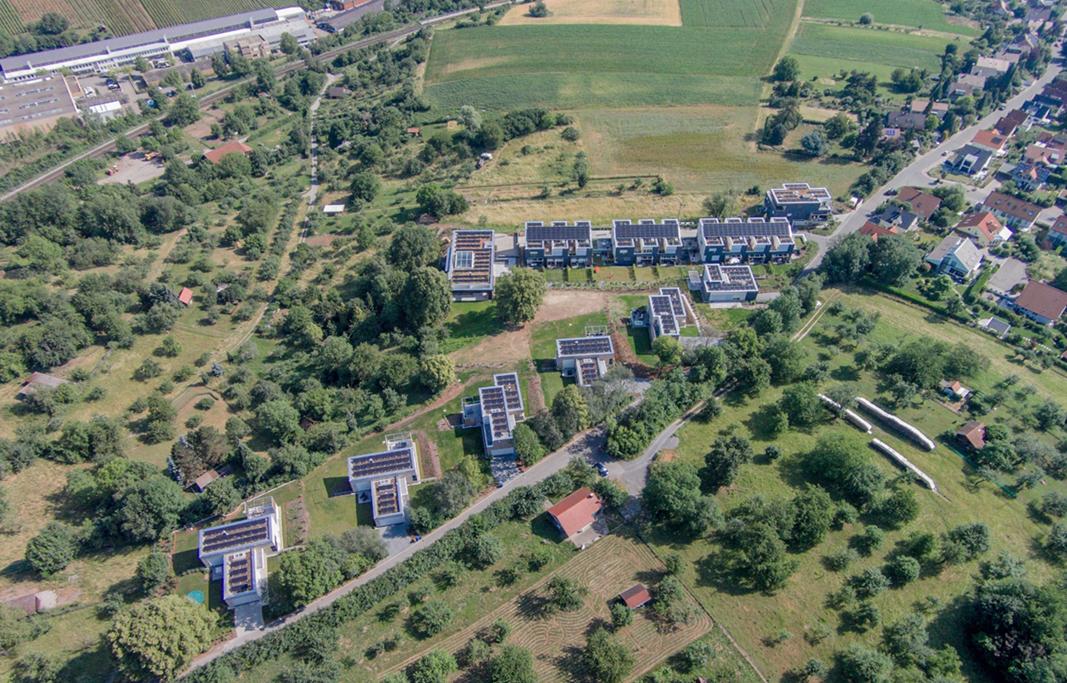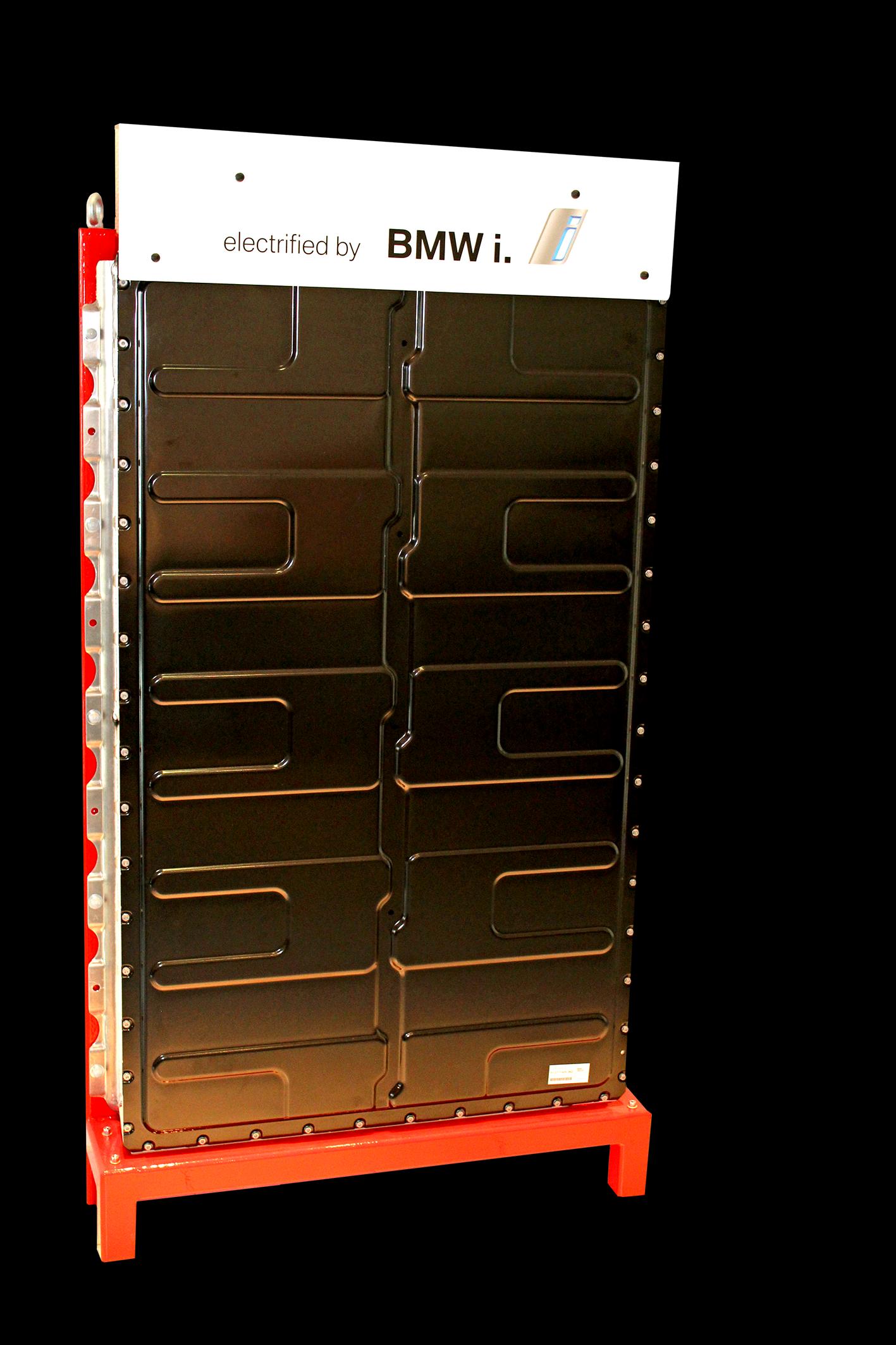| Duration: | 09/2019 - 02/2024 |
| Contracting Authority/ Sponsors: | Bundesministerium für Wirtschaft und Energie (BMWi); Projektträger Jülich |
| Project Partners: | VDE Renewables GmbH; Beck Automation GmbH; deer GmbH; DSG Invest GmbH |
| Website: | emilas.de |
| Project Focus: |
EMILAS
Electromobility in Apartment Buildings with Intelligent Charging Stations and Second-Life Batteries
The spread of electric vehicles is regarded as an essential instrument for significantly reducing pollutant and CO2 emissions in the transport sector. The aim of this "EMILAS" project is to make used vehicle batteries usable as stationary buffer storages for charging stations in apartment blocks (from a technical and economic point of view). On the one hand, this approach prevents a grid connection with higher output; on the other hand, the CO2 balance is being improved by the second use of vehicle batteries. Security and normative issues are particularly important for the integration in underground garages. Furthermore, the integration of local "electric carsharing fleets" in underground garages will be investigated, which enables a feedback from the vehicle battery into the building’s grid. As the residential quarters are equipped with photovoltaic systems and cogeneration units, the smart charge management of the buffer storage and the building energy management enables optimized solutions to increase the internal consumption.
The wide spread of electric vehicles towards a mass market is essential to reduce emissions of pollutants and greenhouse gases in the transport sector. However, the production of vehicle batteries is very energy-intensive. So, the advantages of electromobility in terms of CO2 emissions will only become evident after a long service life of the batteries and correspondingly more kilometers being travelled with these vehicles.
Due to the aging of the lithium-ion batteries used, the range and performance of e-vehicles decrease over their service life. However, a necessary replacement of the battery in the vehicle does not necessarily mean the end of battery operation; it can be further used in a second application and still provide sufficient capacity at lower power. The CO2 balance is thus improved, considering the longer service life of the battery.
For the development of the mass market for electric vehicles, it is crucial not only to offer charging stations in garages of single-family homes, but also for the general public in apartment buildings. The project addresses the multi-family housing segment and demonstrates the solutions developed in a newly built quarter with single-family and multi-family houses in Weinsberg. In addition to the primary task of smart recharging of the electric vehicles, the charging infrastructure set up in the underground garages is to offer additional flexibility options for building energy management, e.g. for optimizing the self-consumption rate of an integrated PV system.
In addition, carsharing fleets with electric vehicles in the underground car parks or on the associated outdoor car parks are planned for the demonstration object. The field tests will be used to determine the extent to which operator and business models can be implemented with local, building-integrated carsharing fleets. As these vehicles are not privately owned, the batteries can be used not only for local load management, but also more easily for feeding back into the building's power grid, e.g. to cut peak loads.
Central to the implementation and wide spread of the developed system solutions is the investigation of safety and reliability, as well as certification of charging stations with aged vehicle batteries as buffer storage in underground garages. It is important to consider aging, its impact on the central factors of safety, reliability and performance, and the determination of the remaining service life in order to design these solutions in a technically and economically sensible manner.

